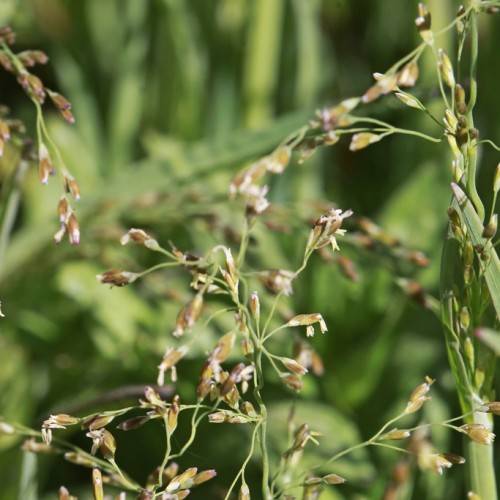
Brook Grass
Catabrosa aquatica
Also Known As - Waterwhorl GrassWatering:
Minimal
Hardiness Zone:
Sun:
full sun,part shade
Growth Rate:
Low
Drought Tolerant:
Yes
Salt Tolerant:
Yes
Care Level:
Medium
watering
Alaska Indian paintbrush (Castilleja unalaschcensis) should be watered consistently 2 to 3 times a week. Make sure the soil is damp but not soggy. Water deeply, saturating the soil to a depth of about 6 inches (15 cm) so that it moistens the roots. In summer months, especially in hotter temperatures, the plant may require more frequent watering. In the winter, only water when the top inch or 2 of the soil is dry to touch.
sunlight
Alaska Indian Paintbrush (Castilleja unalaschcensis) needs direct sunlight for at least 6 to 8 hours each day. Most of the day's light should come at or near the middle of the daylight hours, but it is also important to have some early morning and late afternoon sun. To ensure optimum sun exposure for this plant species, it should be planted in an area that receives maximum sun exposure. This plant does best in full sun, but some afternoon shade may provide some relief during the hottest part of the day when the intensity of the light is at its peak.
pruning
Alaska Indian Paintbrush (Castilleja unalaschcensis) should be pruned very sparingly in the spring or early summer when flowering has finished. Pruning should only be done if the plant is dead, damaged or excessively overgrown. Pruning should remove only the dead, damaged, or unruly stems, and should be done carefully so as to not interfere with the natural graceful nature of the plant. Never prune back into live growth as the plant does not respond well to pruning. Pruning should be done carefully and with a pair of sharp shears or hand pruners, as well as some clean gloves.
